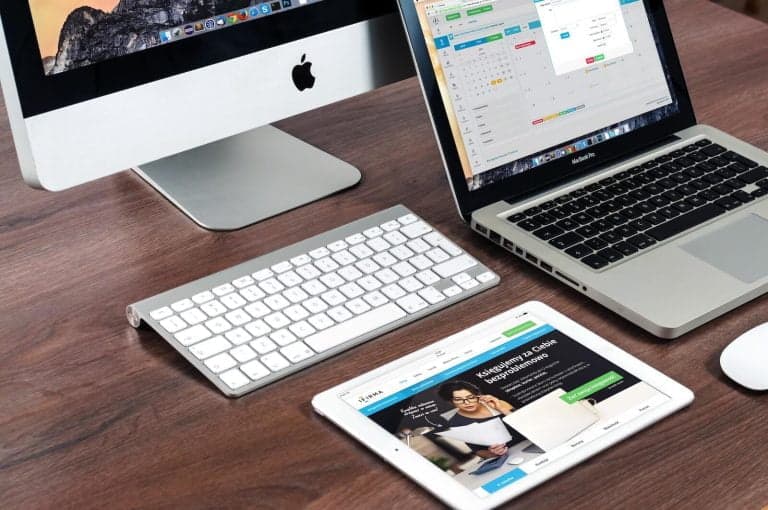Creating a press release is, in some ways, like creating any other kind of story. It has a beginning, middle, and end; it gives essential information at the beginning, explains why the reader should care about it, and then wraps it up with a conclusion that sums it all up. However, there’s one important way press release format differs from the format of other stories. The writer of a press release needs to pack as much information as possible into the subject headline before the story proper has even begun. Experts say that many journalists simply stop reading after the headline, so you need to use that small space to let them know why they should keep going. The headline is like a shorter version of an abstract in an academic paper; you need to sum up the story you are about to tell.
Table of Contents
ToggleOnce you’ve gotten used to summing things up in as few words as possible, you should continue that way of doing things as you write the main body of the release. When people lecture about how to do a press release properly, they usually point out that it shouldn’t have wasted words, and it shouldn’t have words that aren’t directly relevant to what is being promoted. You shouldn’t talk about a company’s previous successes, for example, unless those successes help explain why this new product or service is likely to be good. Give all the information a journalist would need to create a story – hopefully including links that can provide more in-depth versions of what you’re telling them – but absolutely nothing more.
Keep the reader engaged
When you’re thinking about how to make a press release good, another thing you should be aiming for is how the text might look on the page and what will catch the reader’s eye. Long paragraphs with a lot of words can look like a “wall of text” that discourages someone from reading further. But it’s also not good to put a lot of things in ALL CAPS or fill them out with exclamation points!!!!! Journalists consider that kind of thing to be tacky and will dismiss the release purely for the way it looks. A well-made press release format will have short paragraphs, with the occasional one-line paragraph to give extra visual variety, and find ways to highlight or emphasize important names – for example, putting them near the beginning or end of paragraphs – to make sure that they stand out as important takeaways for the reader.
A Press Release Template can be helpful
If all this seems too much to handle – and a short press release can take a lot of work – one way to make things simpler is to use a press release template, which can be found for free from some services and for a price from others. The typical press release template has some nonsense text in fake Latin, to be replaced with the real text, and some instructions in square brackets of where the various elements should go, from the opening headline to the boilerplate text near the end. More elaborate templates can be adjusted depending on what type of press release you want to write and whether it’s for an event, a product, or breaking news.

The advantage of this type of template is that it makes it easier to crank out many press releases in a short time, which can be useful in a fast-moving situation. The downside is that if you get too used to relying on a template, it can lead to one-size-fits-all thinking: some of the most popular and effective press releases have been the result of writers breaking the “rules.” So, a template is something to guide you, and learn from, but always think about why you’re following it, and be prepared to experiment if something doesn’t quite fit the pre-existing structure you’ve been given.
Stick to the basics
So, while you should always be on the lookout to find tips for writing a press release, they’re only tips; and they can’t tell you in every case how to make a press release exciting or how to get the reader excited. You can rely on some things as a general rule, though: readers don’t like outrageous or exaggerated claims, and they don’t like to feel they’re being yelled at, and they definitely don’t like to be told anything that doesn’t further the story. Stick to the basics: a punchy subject heading that sums up exactly what this is about and why we should care; an opening paragraph that sums up “Who, what, where, when, why” quickly and efficiently; a middle section that goes into more detail (but not too much), often including supporting quotes and expert opinion; and a finale that leads the reader as smoothly as possible into the next step, trying to find out more about the subject.
And, of course, to make sure that they know where to find out more. The press release should include contact information – and whoever’s information is given, they need to be easily reachable by phone or e-mail and ready to help journalists get the news, contacts, interviews, etc., they need for a story. That’s the step that helps make that long but time-compressed journey from a draft press release to a final press release to an actual media story that helps the company achieve its goal.
Summary:
How to Write a Press Release
1. Keep the reader engaged. 2. A Press Release Template can be helpful. 3. Stick to the basics. 4.




